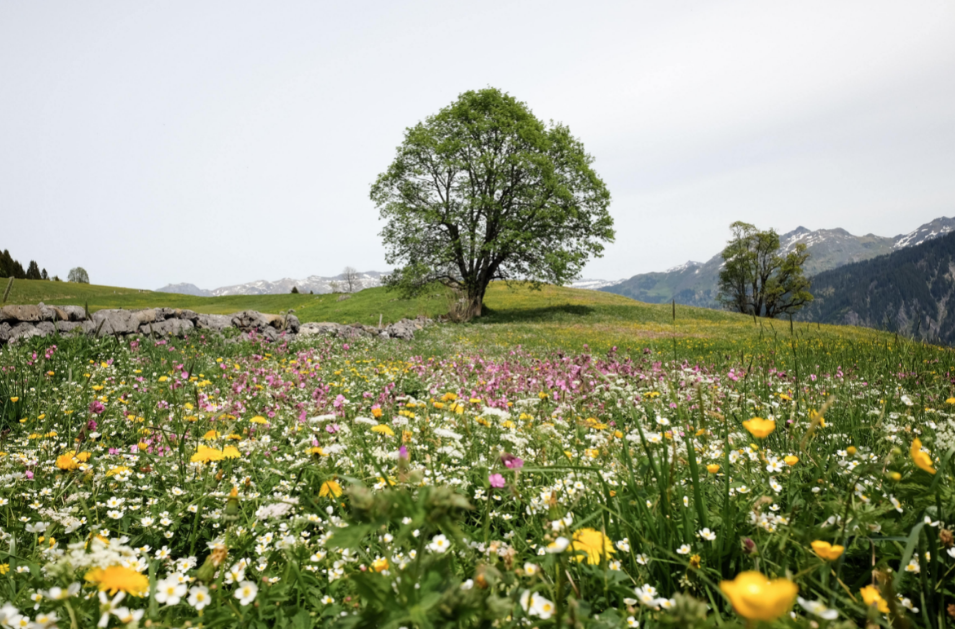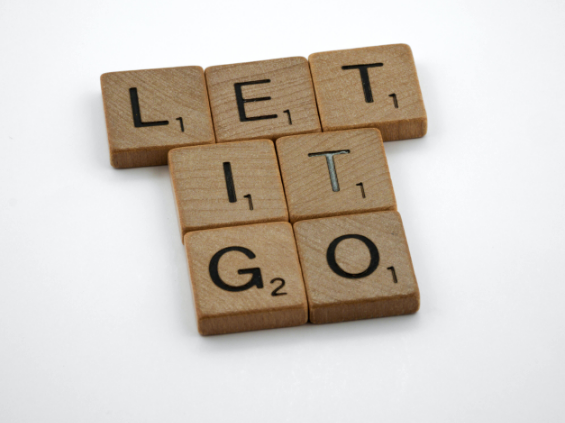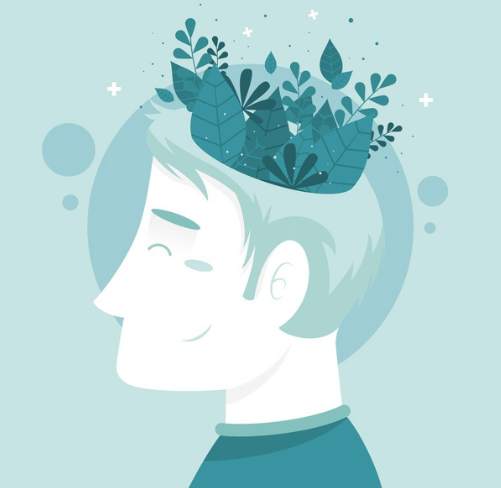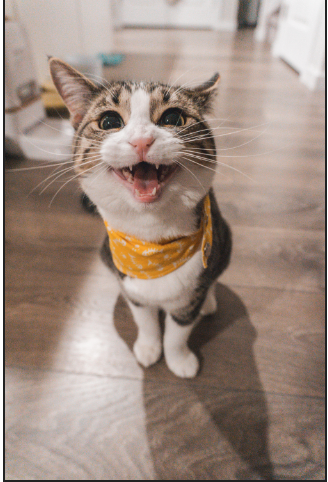|
Forgiveness as a Daily Practice
|
|
|
|
Begin Again: Three Ways Spring Can Help Us Renew and Recharge

The other day I looked out my home office window and spied a single, pink poppy turning its luminous head toward the sun.
“Where did you come from?” I murmured to myself.
I had forgotten that during a rainy period last December, I pressed poppy seeds into the soft soil in my backyard. It was an act of faith amid a winter made all the more dreary by the pandemic. And it was gratifying to see Mother Nature hadn’t let me down.
Spring is eternal and, yet, we take its life-affirming arrival for granted. It’s easy to miss the changing of the seasonal guards – that subtle period when the effervescence of springtime bubbles up and the plodding gray of winter recedes.
Like the first steps in a celebratory parade, a few timid blossoms appear and then become a celebration of color in the garden. Before long, the sun is shining more often than not, and we’ve traded in our wool socks for flip-flops.
It’s worth paying attention to the start of spring’s procession and reveling in its arrival – full of growth, possibility, and hope.
“Spring will come, and so will happiness,” wrote author Anita Krizan. “Hold on. Life will get warmer.”
While there’s no guarantee the circumstances of our lives will change favorably along with the weather, we can use the momentum of the season to renew ourselves and recharge.
We can look back, without self-recrimination or shame, and reflect on whether we’ve kept the promises we made to ourselves and others in the New Year.
Have we shed our dreaded COVID 15 pounds? Have we quit smoking like we told our kids we would? Maybe we made a quiet vow to be kinder to ourselves and others, but have lapsed quite humanly into irritability. Maybe we just need to pause and forgive ourselves for our failings, acknowledging that some habits, like seeds planted in a backyard, need time to take root.
Whatever intention we set at the start of the year, springtime allows us to renew our commitment, change course or look ahead to where we might now want to go. Spring beckons us to throw open the windows and let in a fresh breeze of perspective. It beckons us to begin again.
Meditation practice gives us an experiential base from which to do so. Every time our mind wanders from our chosen object of focus – the breath, sounds around us, or a softly repeated phrase – we gently reclaim our focus and begin anew.
With the lift of spring in our step, we also can do so in our daily lives and give shape to whatever our hearts may still need or want for the rest of the year. Here are three ways you can use the elevating energy of springtime and your mindfulness practice to renew and recharge:
Lighten Up: Wintertime is serious business. It’s about hunkering down and laying low. But springtime is as playful as a puppy. The comedian Robin Williams once quipped that spring is nature’s way of saying: “Let’s party!” And the warmer weather and brighter days invite us to lighten up – if only for a few moments or an afternoon. We can invite a bit of inner springtime by adopting a more playful or curious attitude toward ourselves, our lives, and even the things that challenge us. Next time you feel heavy-hearted, look out the window for signs of spring and remember that everything is always changing. You might also want to plan a party.
Take it In: Springtime is bursting with a sensory bouquet of sounds, sights, and smells. All of which can fill us with joy and hope. When you head outdoors for a walk, turn it into a mindfulness practice and notice the lilting tune of birdsong, the Crayola box of colors surrounding you, or the fresh scent of your neighbor’s just-cut lawn. As you do so, pay attention to any accompanying feelings or sensations arising within you. The gentle warmth you feel upwelling in your chest, throat, or face might be happiness. And if it is, it’s worth soaking it in like a bluebird sipping water from a fountain.
Begin Again: We can use springtime as a seasonal reference point to start anew with anything we’ve attempted but faltered with or forgotten. There’s a prevailing myth that progress is constant and ascending. In truth, progress happens in fits and starts. Like roots supporting a plant, progress often quietly grows beneath the surface of our lives – it’s evidence emerging with time. Spring gives us yet another opportunity to plant a new seed of intention and patiently wait for what might grow from our renewed efforts.
Making Well-Being a Practice
|
|
|
|
|
Three Ways Mindfulness Can Make You More Patient
|
- « Previous Page
- 1
- 2
- 3
- 4
- 5
- …
- 11
- Next Page »


 more profound.
more profound.

